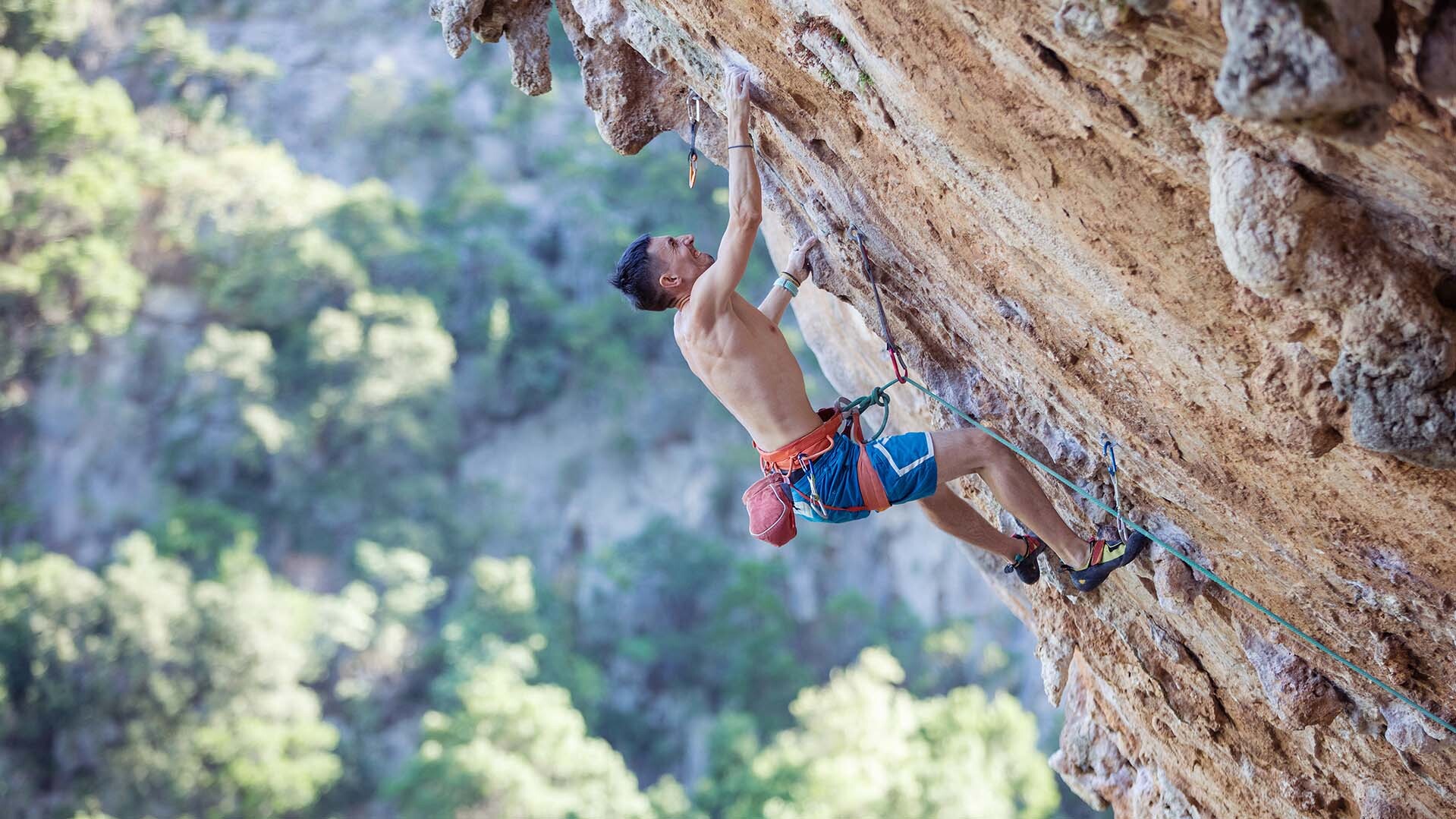
JASON MARTIN | EXECUTIVE DIRECTOR, AMERICAN ALPINE INSTITUTE: “As I was walking in with my client, a hiker was standing on a cliff and stepped backwards and fell off and was killed right in front of us.”
KARAH RUCKER: FREAK ACCIDENTS, RAGING RIVERS, WILD ANIMALS, SEVERE WEATHER. AS NATIONAL PARKS SEE MORE VISITORS, THEY’RE SEEING MORE CLIMBING ACCIDENTS AND FATALITIES.
MARTIN: “That’s probably the biggest hazard for everybody being out and unprepared. Not having the right clothing, not having the right food, being out unexpected, not preparing properly, not having a map, not having the training to use the map. And, and going to a place that is maybe less well known.”
JASON MARTIN HAS BEEN ROCK CLIMBING AND MOUNTAINEERING FOR 31 YEARS. HE SAYS IN THE LAST 5 YEARS, THE SPORT HAS SKYROCKETED.
MARTIN: “The number one reason is the Oscar winning film Free Solo, but also the access to climbing gyms in every metro major metropolitan area.”
AND WITH MORE CLIMBERS, COMES MORE CASUALTIES.
MARTIN: “So when it comes to climbers, the biggest hazard for climbers is falling. And when we talk about falling climbers, technical climbers are using ropes, and so the way that they use the rope, if they’re using the rope appropriately, a fall is not a big deal. But if they’re newer and they’re not using the rope appropriately, sometimes a fall could be quite catastrophic.”
STEPH ABEGG | DATA ANALYST, LONGPATH: “I think it’s a lack of experience. Maybe the biggest danger is people who are going out there who just don’t quite know what to do and things aren’t picture perfect. So if the weather turns or if they happen to trip and get a little injured or if the elevation is a little bit more knee difficult to handle than I thought it would be. I guess I feel like a lot of the accidents and stuff occur from people who were in a little bit over their heads.”
STEPH ABEGG HAS BEEN CLIMBING FOR 28 YEARS. SHE SAYS STRICTER REGULATIONS DON’T ALWAYS MEAN SAFETY.
ABEGG: “You have to get your permit so far in advance that you don’t even know if the weather’s gonna be good. And then you have this permit for this certain date. And you just go because you have it and the weather’s not good. And that bad weather and bad conditions lead to accidents.”
MARTIN: “There’s a limited amount that they can do given the staffing issues that the national parks have right now. It’s hard because they have a lot of budget constraints. And so not every park has a helicopter, for example, on call very easily. Some parks share a helicopter to pick up an injured person. And so it would be great if they had more funding, so they had the ability to monitor this stuff. Is it the park’s fault that a tree branch fell out of the tree and hit somebody or that a rock fell off of a mountain?”










